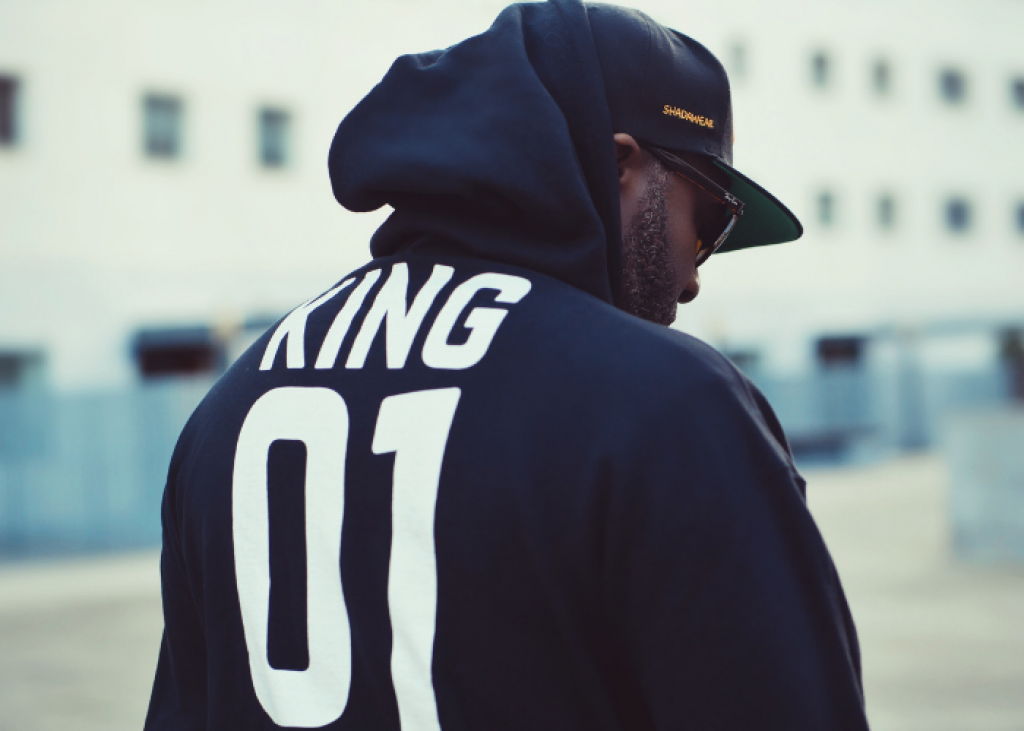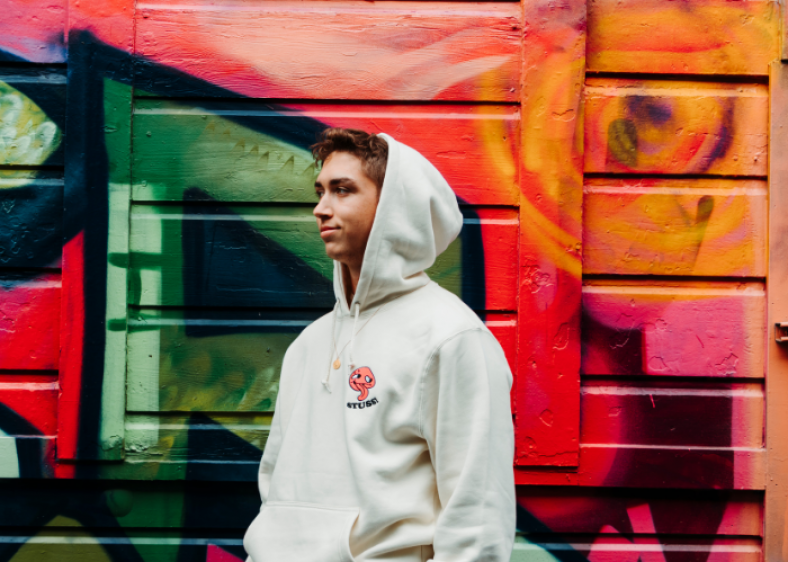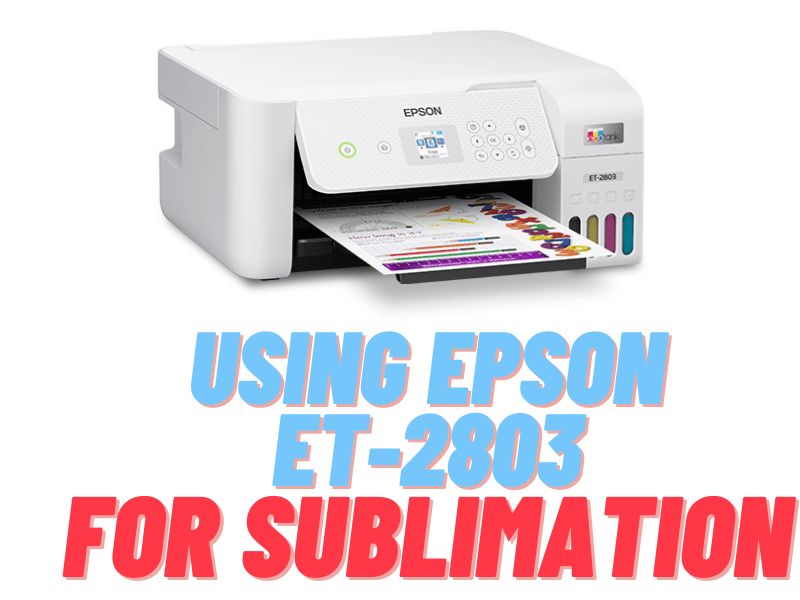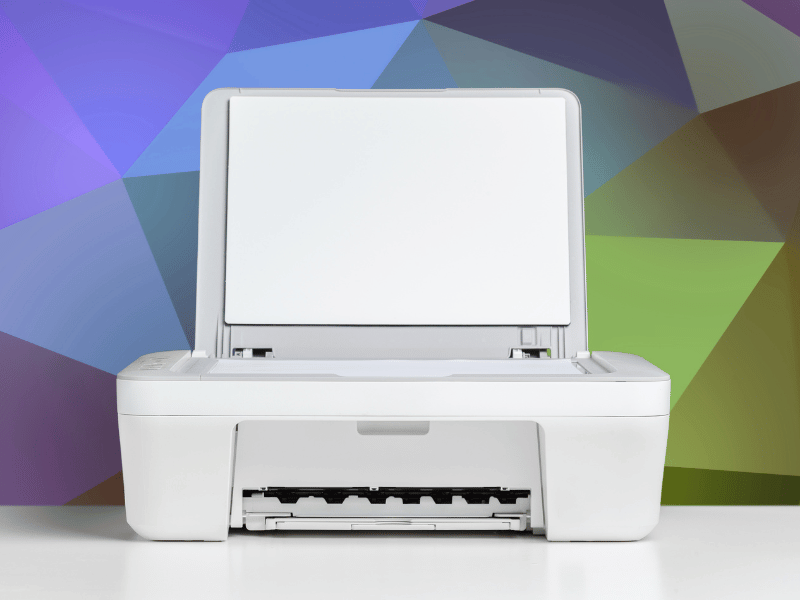The DTF printing on fabric business is a great opportunity for entrepreneurs to get started in their own business. Not only is it a low-cost startup, but this business has the potential to generate significant profits. The key to success in this industry is to find a niche market and develop a strong marketing strategy. By following these simple tips, you can create a successful printing on fabric business.
1. What is DTF Printing
Direct to film printing is yet another printing technique that includes printing graphics onto specific films for transfer onto clothing. DTF printing is a heat transfer technology that may last as long a Dye-sublimation printing.
The most prominent advantage of DTF printers is their unrestricted look. Unlike other printing presses such as DTG or sublimation printers, DTF printers offer unmatched benefits that may be used to cotton, polyester, synthetic, and mixed textile. Furthermore, there are no color restrictions, and both bright and dark materials may be printed on.
2. What do you need for Direct To Film Printing:
DTF printer with 6 color ink tanks, such as the Epson L1800 or P600 is the first item you’ll need. Begin with a . PET coated transfer sheets, rip software (CADlink), sticky powder, DTF ink, and heat press equipment are also required. A curing oven, rather than a heat press machine, may be required in some circumstances.
3. Direct To Film Printing Process: Step By Step
Create a print on the film:
Insert the PET film into the printer trays instead of ordinary paper. Print the complete picture in white on the PET film first. After that, print the desired picture on the white image layer using the correct colour settings on the inkjet printer. The most fundamental thing to remember is that the print on the film must be a mirror copy of the picture that will emerge on the cloth.
Powdering:
This procedure involves applying hot-melt powder to the printed picture on the film. When the print is wet, the powder is placed equally, and the surplus powder is carefully removed. The key thing is to ensure that the powder is evenly distributed throughout the printed surface of the film. One usual method is to hold the film at its short edges so that its long edges are parallel to the floor (landscape orientation) and pour the powder in the middle of the movie from top to bottom, forming a roughly 1 inch thick mound in the centre from top to bottom. Pick up the film with the powder and gently bend it inwards to form a little U with the concave surface facing you. Now, softly move this film from left to right so that the powder spreads slowly and evenly throughout the film’s surface. Alternatively, commercially available automatic shakers can be used.
Melt the Powder:
As indicated in the explanation, the next step is to melt the powder in place.
The most typical method is to simply bake the direct-to-film DTF transfer for roughly 2 minutes.
Alternatively, if you’re already in the custom t-shirt industry, you may utilize your heat press to apply DTG, vinyl, or white toner printer transfers. Simply hover and avoid putting any pressure. Or if the move is completely unknown to the top of the press.
On purpose, there are no timeframes or temperatures specified for curing DTF transfers here. It is always prudent to consult the manufacturer!
Pre-pressing:
The stage entails pre-pressing the cloth before the film’s image transfer. The fabric is retained in the heat press and pressured for about 2 to 5 seconds under high heat. This helps to flatten the cloth and also aids in dehumidification. Pre-pressing aids in the image transfer from the film to the fabric.
Transfer:
This is where the DTF printing process begins. The PET film with the image and melted powder is put in the heat press on the pre-pressed cloth to provide a firm bond between the film and the fabric. This is also referred to as ‘curing.’ Curing takes place between 160 and 170 degrees Celsius for roughly 15 to 20 seconds, and the film securely adheres to the cloth at this point.
Cold Peeling :
It is critical to let the fabric and the newly attached film cool to room temperature before removing the film. Because the hot melt has a similar chemical structure to amides, when it cools, it works as a binder, firmly adhering the colored pigment in the inks to the cloth fibers. Once the film has cooled, it must be pulled away from the cloth, leaving behind the appropriate pattern printed in ink.
Post-pressing:
While this is an alternative measure, it is strongly suggested for optimal results and high-performance characteristics like wash and rub resistance. The completed cloth with the transferred design is pressed in the heat press for about 10 to 15 seconds in this phase.
4. DTF Printing Fabrics:

Are you aware of the textiles on which DTF printing may be used and the applications available? Polyester cloth is the primary substrate for sublimation printing. Screen printing is used to print on a variety of materials, including cotton and organza, as well as silk and polyester. Cotton cloth is printed with DTG technology.
Polyester execution clothing is no longer limited to the field or court; it has evolved into an all-around developed style. What this has done to the apparel enhancement industry and custom shirt businesses throughout the country is to make printing on 100 percent polyester and other wicking fabrics an unavoidable requirement.
Polyester is a man-made material that is frequently used in color sublimation. Simple to clean and does not require pressing, you may believe that it is in sportswear. Color migration is an anomaly that occurs when color from the polyester texture permeates into the ink placed on the garment. DTF printing does not require pretreatment and may be used directly on texture.
5. Direct To Film Printing Budget:
If you operate a printing firm, you are well aware that the quality of your work is contingent upon the printers and inks you use. This is especially true with direct to film printing. As with other heat transfer methods, investing in a high-quality printer and heat press is crucial for maximum outcomes. Maybe you need to spend an average of 1500-2000$ to start on this project.
Additionally, high-quality inks are required to prevent the printhead from clogging.
6. DTF Printing Quality:
DTF printing can produce a wide range of graphics, including logos, typographic designs, and a variety of drawings. This approach, on the other hand, works well with simpler graphics. For photographs with a lot of colors or that are incredibly detailed. When it comes to larger orders, DTF printing is ideal. Other ways can be used to print in bulk, but they will be more expensive. If you only need a few items printed, or if it’s a one-time thing.
7. DTF Printing better than Sublimation?
In the design printing industry, both direct to film (DTF) and sublimation printing are heat transfer processes. DTF is a new printing process that uses digital transfers to decorate dark and light t-shirts which are made from natural fibers such as cotton, silk, polyester, mixes, leather, nylon, and other materials without the need for expensive equipment. Sublimation printing is a chemical method in which a solid instantly transforms into a gas, bypassing the liquid step.
The image is transferred into the fabric or substance using transfer paper in DTF printing. Sublimation printing, on the other hand, uses sublimation paper. What are the distinctions between these two printing procedures and their advantages and disadvantages?
DTF transfer is better than sublimation for achieving photo-quality pictures. With a more significant polyester percentage in the fabric, the image quality will be better and more vivid. For DTF, the fabric’s design is pleasant to the touch. As the ink is transferred onto the cloth, you will not feel the pattern for sublimation. DTF and sublimation transmit heat at various temperatures and periods.
8. Is DTF Printing Better Than DTG?
DTG is significantly superior; however, DTF is an excellent add-on for printing on materials that were previously difficult to print on with DTG since its origins. DTG takes less time than the other two procedures; 100 shirts may be printed around 3 hours. Around 50 shirts may be produced using DTF in the same length of time. “Time is money,” as the adage goes.
9. Type of DTF Printers:
Direct to film printers can print directly to film, There are special printers for DTF but it’s so expensive or you need just to convert a 6 color ink tank printer like Epson P600, L805, L1800, the six-color ink-tank printers are the most common. Because this printer series works with six colors, it was picked. The CMYK DTF inks may be placed in the conventional CMYK tanks, while the White DTF inks can be placed in the LC and LM tanks of the printer. To avoid the appearance of ‘linings’ on the white layer printed on the DTF film, the rollers that slide the page are also removed.
10. Which printer is good for Direct To Film?
You need an Epson printer with a 6-color ink tank system like L1800 is a high-quality printer that we highly suggest. Although printing one A3 page might take up to 15 minutes, it is incredibly simple to maintain and dependable. That is why we recommend giving it a shot; you will be blown away by its features and efficiency. With that in mind, there are other possibilities, including those from Epson, but the Epson L1800 is unquestionably the best.
11. Do you need a special ink for DTF?
Yes, you need a DTF ink. High-quality inks are also necessary to keep the printer from clogging. We propose DTF special inks, Buy a DTF ink, which has a greater degree of quality assurance thanks to extensive testing and offers excellent color density and saturation, as well as strong performance and durability.
12. Is DTF printing profitable?
Yes, Direct to film printing is a profitable business. and you can start with a small budget. Direct to film printers are ideal for managing modest orders if you run a small printing company. There are no surface preparation needs, which means lower production costs and higher profit margins. Costs associated with waste reduction
Conclusion:
The DTF printing industry has revolutionized the texture industry and improved the aesthetic manufacturing of clothes for the digital age. Designers and crafters may now create electronic artwork, print it, and wear it.




